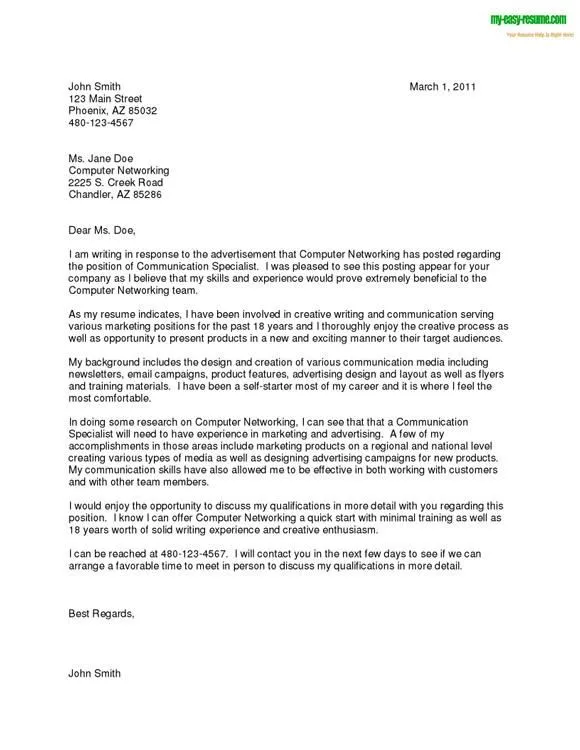The Importance of a Stellar Resume and Cover Letter
Your resume and cover letter are often the first impression you make on a potential employer. They are your key marketing tools in the job search process, serving as a concise summary of your skills, experience, and achievements. A well-crafted resume and cover letter can significantly increase your chances of landing an interview, while poorly written documents can lead to your application being overlooked. These documents should highlight your relevant experience and demonstrate your understanding of the role and the company. They should not only list your past jobs but show how you’ve made a difference, using quantifiable results whenever possible. They are not just lists of past jobs, they are a story of your professional life.
Formatting Your Resume for Maximum Impact
Effective formatting is critical for ensuring your resume is easily readable and visually appealing. Employers often spend only a few seconds scanning a resume, so it is vital to make a good first impression. Use clear, concise language and a professional font, such as Arial, Calibri, or Times New Roman, and use font sizes between 10 and 12 points for the body text. Make good use of white space to avoid a cluttered appearance and make it easier to scan. Use bolding, italics, and bullet points strategically to emphasize key information, such as job titles, skills, and accomplishments. Avoid using excessive colors or graphics, which can distract from the content and potentially cause issues with Applicant Tracking Systems (ATS).
Choosing the Right Resume Format
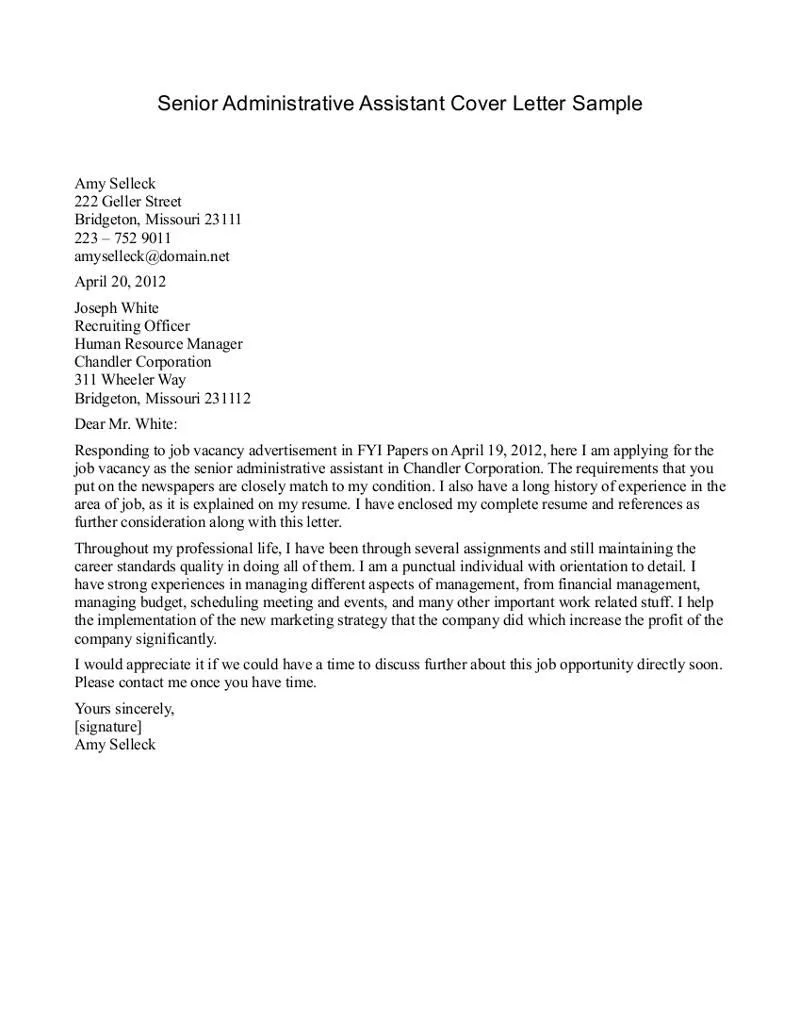
The right resume format depends largely on your experience level, career goals, and the specific job you are applying for. There are three main formats to consider. Each serves a different purpose, and choosing the correct one can significantly boost your chances of success.
Chronological Resume
The chronological format is the most common and traditional resume style. It lists your work history in reverse-chronological order, starting with your most recent job and working backward. This format is best for candidates with a stable work history and consistent career progression. It allows employers to easily see your career trajectory and assess your experience. This format is ideal if you have a clear career path and want to showcase your job titles and promotions. The chronological format makes it easy for hiring managers to understand where you have been and what skills and experiences you have gained over time.
Functional Resume
A functional resume emphasizes your skills and abilities rather than your work history. It focuses on highlighting your core competencies, such as project management, customer service, or technical skills, and grouping your skills under skill-based headings. This format is best for career changers, individuals with gaps in their employment history, or those with limited work experience. It allows you to emphasize your abilities and downplay any employment inconsistencies. The functional format can obscure the dates and durations of your previous positions, making it a good option for those wanting to draw attention away from employment gaps.
Combination Resume
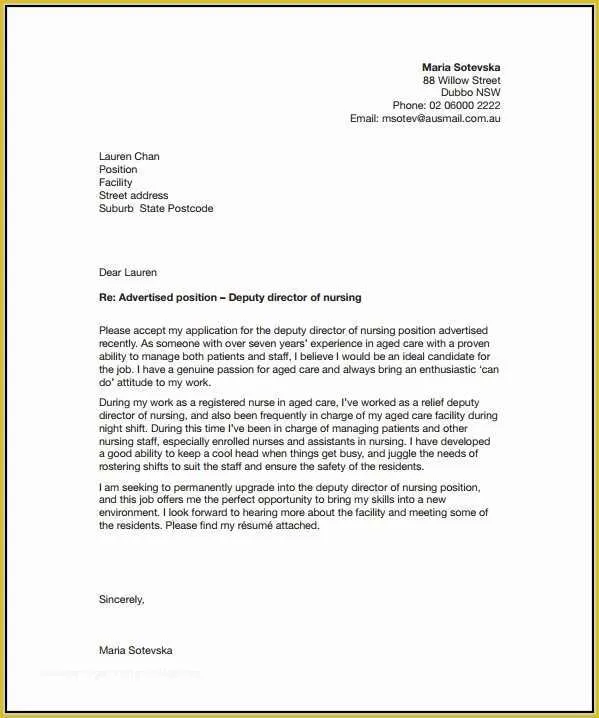
The combination resume is a hybrid format that combines elements of both chronological and functional resumes. It highlights your skills and abilities while also providing a clear overview of your work history. It typically starts with a skills section that lists your core competencies, followed by a work history section presented in reverse-chronological order. This format is ideal for candidates with diverse skill sets, those who want to emphasize their qualifications, or those looking for versatility. It is a great format if you want the best of both worlds, showcasing your skills, but also giving a clear presentation of your work history.
Tailoring Your Resume to the Job Description
Customizing your resume for each job application is critical to demonstrating your suitability for the role. Review the job description carefully and identify the key skills, experience, and qualifications the employer is seeking. Then, tailor your resume to highlight your relevant experience and skills that align with these requirements. Use the same keywords and phrases that are used in the job description, but do not stuff the resume with keywords; instead, use them naturally within your descriptions and accomplishments. By tailoring your resume, you demonstrate that you understand the role and possess the necessary qualifications, which significantly increases your chances of getting noticed by the hiring manager.
Highlighting Your Skills and Experience
Showcasing your skills and experience effectively is crucial for making a strong impression on potential employers. In the skills section of your resume, list both hard skills (technical abilities, software proficiency, etc.) and soft skills (communication, leadership, problem-solving, etc.) relevant to the job. In the work experience section, provide a concise description of your responsibilities and accomplishments for each position. Use action verbs to start your bullet points and clearly articulate what you achieved in each role. Highlight any projects, awards, or achievements that showcase your abilities and demonstrate your value to the organization. Provide concrete examples of your past contributions and how you positively impacted previous employers.
Quantifying Your Achievements
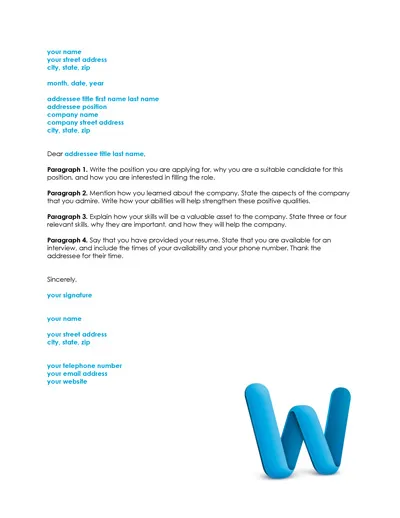
Quantifying your accomplishments makes your resume more impactful and demonstrates your value to potential employers. Whenever possible, use numbers, percentages, and data to illustrate your achievements. For example, instead of saying “Improved customer satisfaction,” say “Increased customer satisfaction by 15% through implementing a new feedback system.” Use metrics to showcase the results you have achieved in previous roles. For example, “Managed a team of 10, increasing sales by 20% within one year.” By using numbers, you provide concrete evidence of your abilities and demonstrate the value you can bring to the organization. This is crucial because it provides the hiring manager with tangible proof of your success.
Crafting a Compelling Cover Letter
A well-written cover letter can significantly increase your chances of getting an interview. A cover letter complements your resume by providing a more personal and detailed introduction. Tailor your cover letter to each job application, highlighting your relevant skills and experience and explaining why you are a good fit for the role and the company. Address your cover letter to a specific person, if possible, and make sure to research the company and the role. The cover letter is the opportunity to provide the narrative that the resume cannot, describing your passions and your career goals.
The Structure of a Cover Letter
A strong cover letter typically follows a structured format with the following sections. The structure is designed to grab the hiring manager’s attention quickly, get them excited, and then demonstrate why you are the best fit for the job.
Writing a Strong Opening
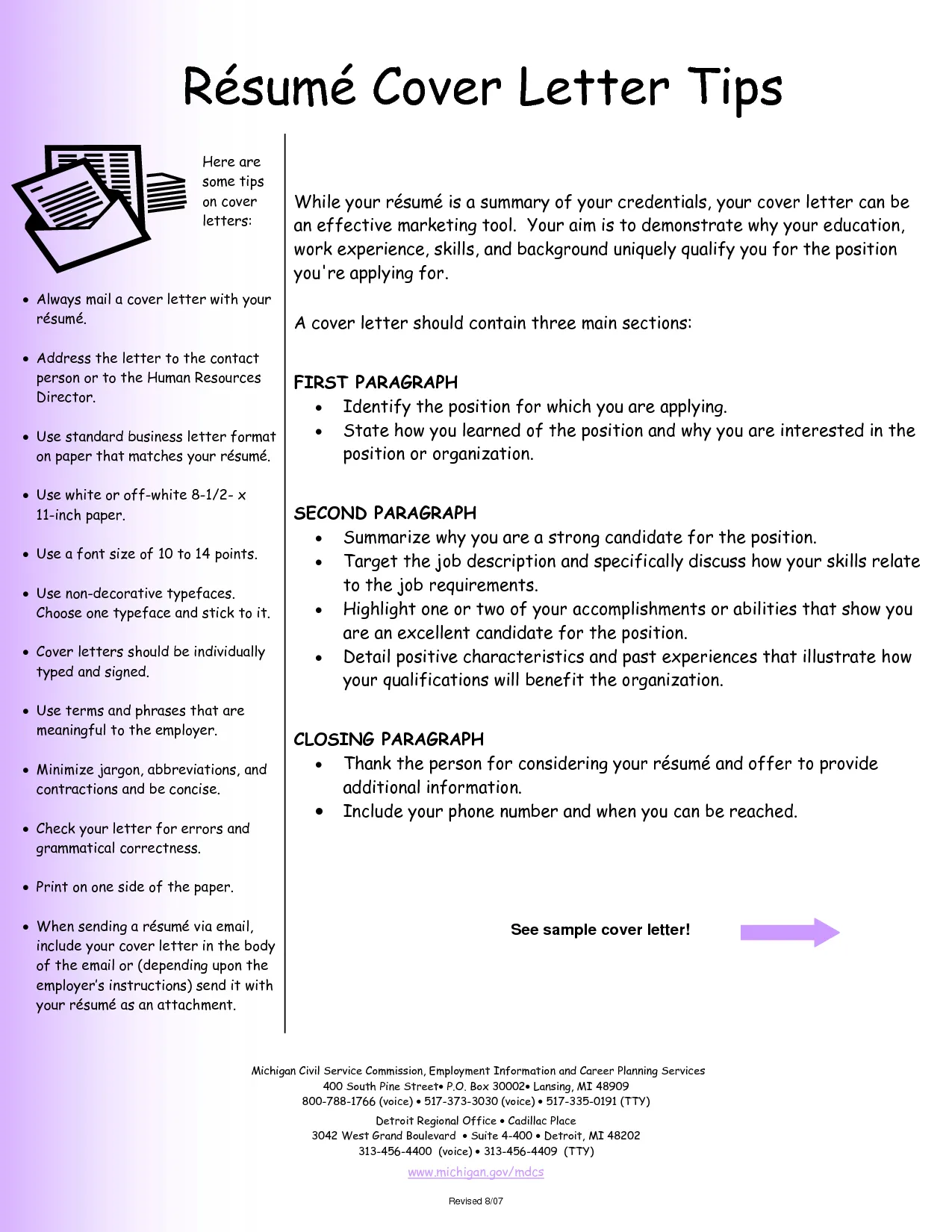
Start your cover letter with a compelling opening that grabs the reader’s attention. State the position you are applying for and how you learned about the opportunity. Briefly mention your most relevant skills and experience to make the hiring manager want to learn more. If possible, try to use a personal connection or show enthusiasm for the company and the role from the very start. Your opening statement is designed to spark interest and make the hiring manager eager to read on.
Showcasing Your Value Proposition
In the body of your cover letter, elaborate on your skills, experience, and accomplishments. Explain how your qualifications align with the job requirements and demonstrate your understanding of the role. Provide specific examples to illustrate your value, using quantifiable results whenever possible. Explain why you are passionate about the company and the role, and how you can contribute to their success. Emphasize how your skills and experience uniquely align with the company’s needs and show them what value you can provide.
Closing Your Cover Letter Effectively
Conclude your cover letter with a strong call to action. Express your interest in an interview and thank the hiring manager for their time and consideration. Reiterate your enthusiasm for the role and the company, and highlight your availability for an interview. Provide your contact information and make it easy for the employer to reach you. A concise, confident closing leaves a lasting positive impression. You want to make sure the hiring manager knows how to reach you and is eager to hear back from you.
Proofreading and Editing Your Documents
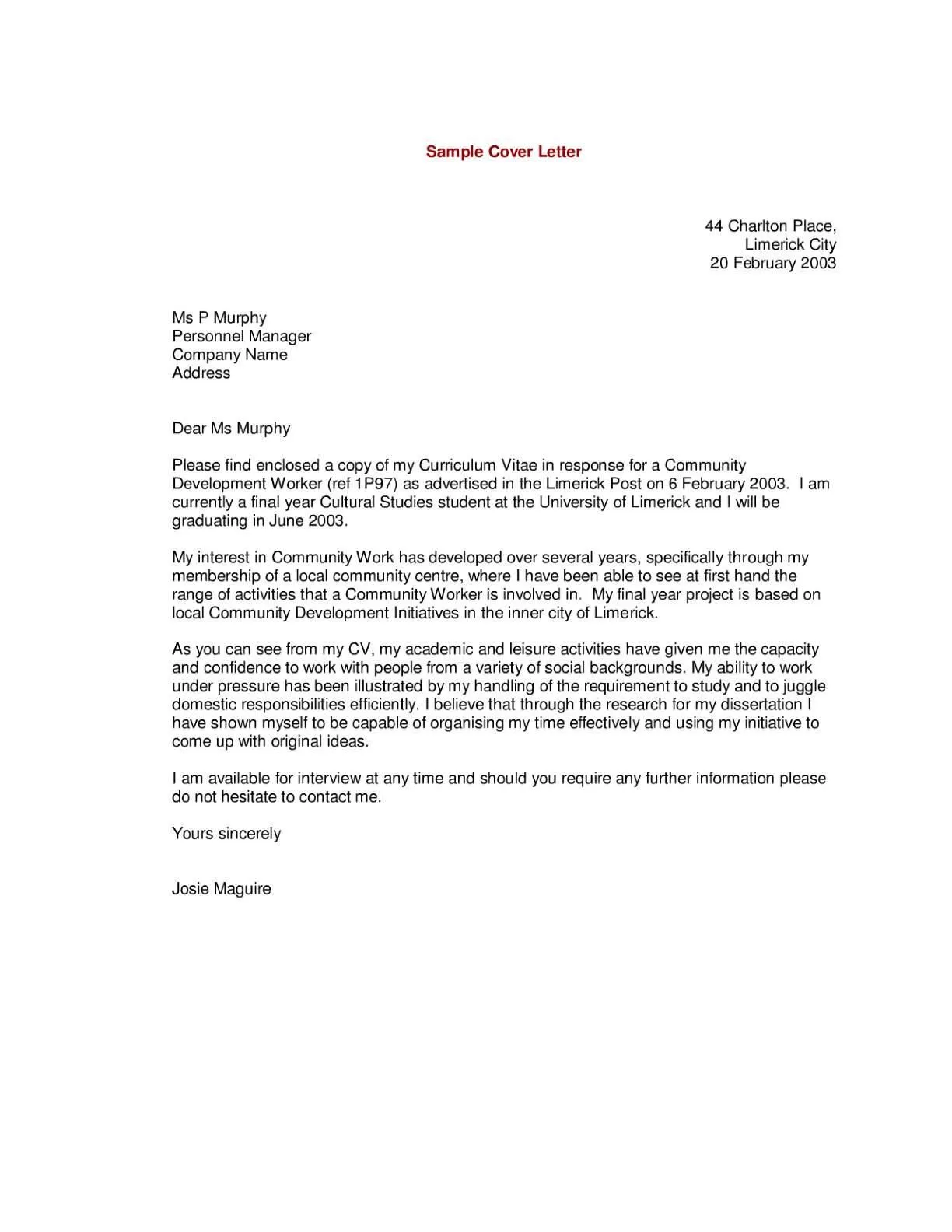
Before submitting your resume and cover letter, proofread and edit them carefully for any errors. Check for spelling mistakes, grammatical errors, and typos. Ensure that your formatting is consistent and professional. It can be very helpful to ask a friend, family member, or career counselor to review your documents for any errors. Minor errors can damage your credibility, so it is critical to ensure that your documents are error-free. A polished and professional resume and cover letter demonstrate attention to detail and professionalism, which is essential in today’s competitive job market.
Using Keywords Strategically
Use relevant keywords from the job description throughout your resume and cover letter. Applicant Tracking Systems (ATS) often scan resumes for keywords to determine if a candidate is a good fit for the role. Incorporate keywords naturally into your descriptions and accomplishments, and avoid keyword stuffing. By using the right keywords, you increase the likelihood of your application being noticed by recruiters and hiring managers. Carefully reviewing the job description and incorporating the most relevant words is an essential step in the resume creation process. Remember, the goal is to match your skills and experience to the needs of the hiring company.
Avoiding Common Mistakes
Avoid common mistakes such as generic resumes, typos, and irrelevant information. Avoid using clichés and jargon, and focus on highlighting your unique skills and experiences. Do not include any personal information that is not relevant to the job, such as your age, marital status, or religious affiliation. Make sure to customize your resume and cover letter for each job application to demonstrate your interest in the role and your understanding of the company’s needs. Take the time to get it right, as small mistakes can make a big difference to your chances of landing an interview.
Resume and Cover Letter Examples
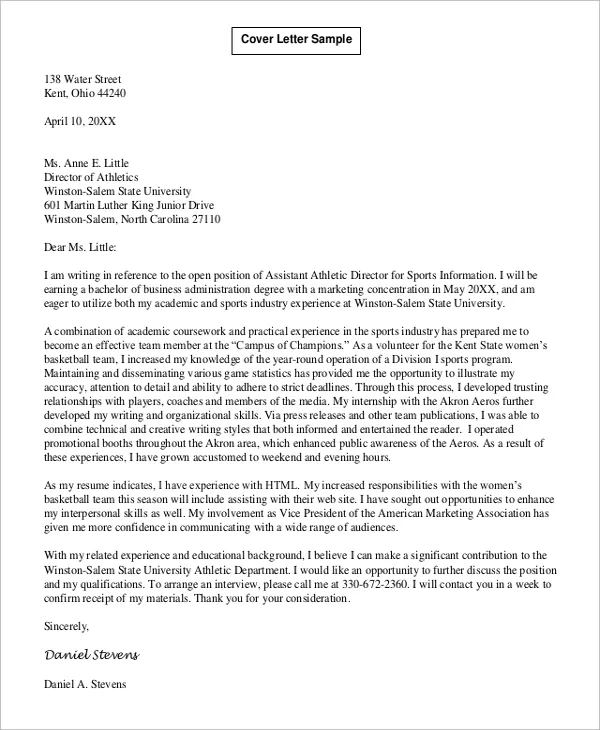
Reviewing resume and cover letter examples can provide valuable insight into formatting, content, and style. Look for examples that are relevant to your industry and experience level. Pay attention to how other candidates have structured their resumes, highlighted their skills, and demonstrated their accomplishments. Use these examples as inspiration, but remember to tailor your documents to your specific qualifications and the job description. You can often find high-quality examples online or by consulting with a career counselor.
Example Resume
Here is an example of a well-structured resume highlighting various sections. This is a sample and the actual content will vary based on your work history. Contact information section, summary or objective statement section, work experience section, skills section, education section, and any additional sections such as projects, awards, or volunteer experience.
Example Cover Letter
Here is a sample of a strong cover letter. It starts with a strong opening, introduces the applicant, highlights their skills and how they are a match for the job posting, and closes with a confident call to action and contact information. The cover letter should be tailored to the specific job and company.
Resources and Further Reading
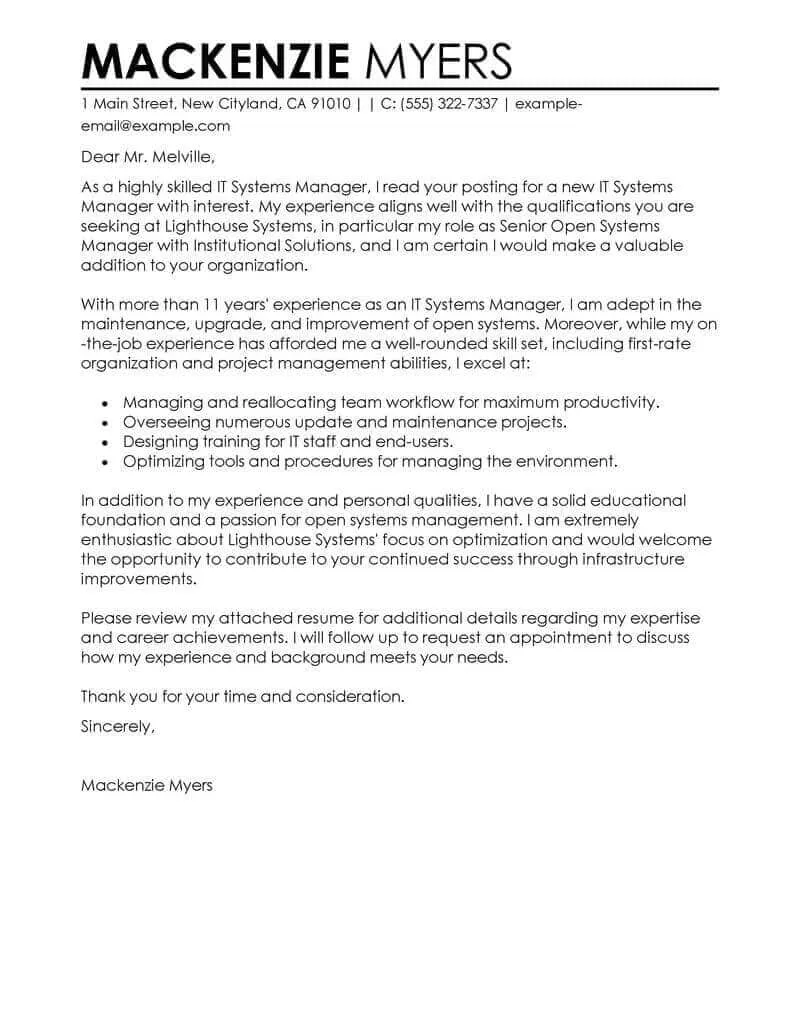
There are many resources available to help you create effective resumes and cover letters. Career websites, online templates, and professional resume writers can provide valuable guidance. Consult with career counselors and attend workshops to learn more about resume writing best practices. Use these resources to improve your job search materials and increase your chances of landing interviews and securing your dream job. These resources can provide the tools, and expert knowledge, to ensure your resume and cover letter are ready to take you to the next level.
